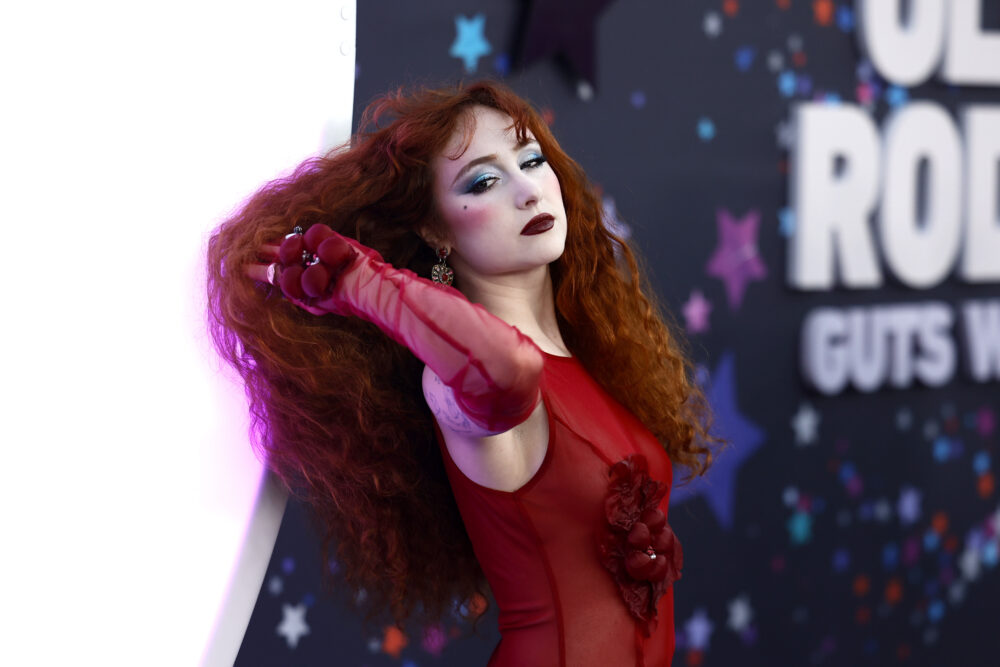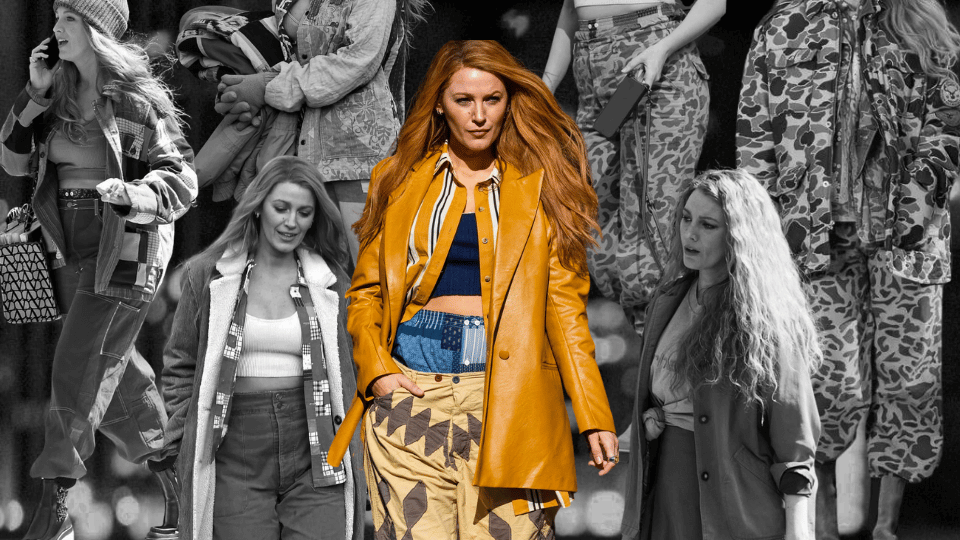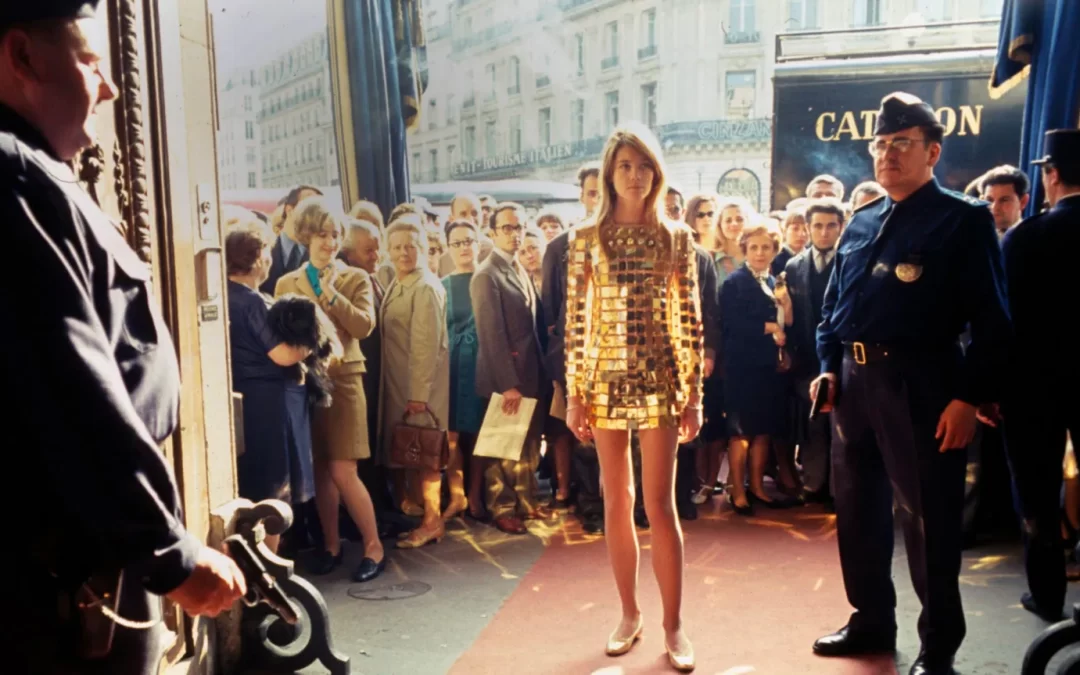In an age of fashion fads, toxic tabloids and impossible beauty standards, TLC’s What Not to Wear appeared to be your saving grace. And with them, it didn’t matter what size you were or whether you were 20 years old or 50–there was a spot for you. And Stacy London and Clinton Kelly were here to help YOU reclaim your confidence and learn how to dress your best.
Within the toxicity of the 2000s, it appeared to be a breath of fresh air. But while it might have had the best intentions, What Not to Wear was ultimately just another product of its time.
Let’s set the scene: the toxic 2000s
Let’s rewind. It was the 2000s–a new millennium, a different world. This was the age before the internet takeover, before smartphones, and before social media. It was during this time that reality TV reigned supreme. Magazines and tabloids were your source of gossip, not a Snapchat news story. And because many were sure the internet was a fad, magazines and tabloids continued to thrive like never before. And what sells better than a nasty headline?
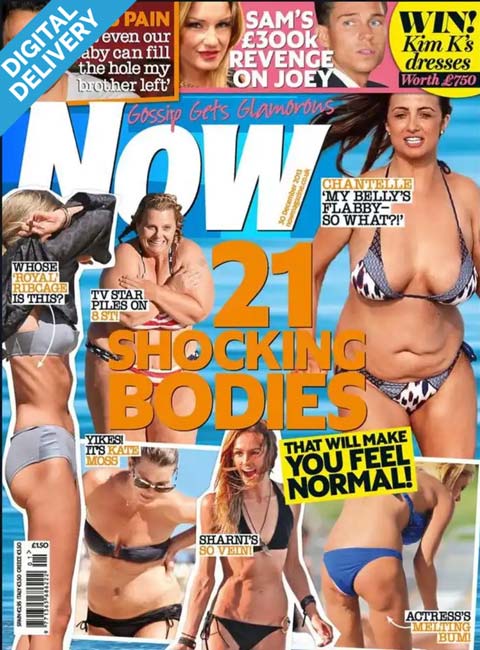
Now Magazine was just one of many known for body-shaming stars and reinforcing harmful beauty standards.
2000s media was ruthless and profited by tearing women down–exploiting their bodies, their “flaws,” their insecurities, and pasting them on the covers of magazines to be sold to millions around the world. Of course, we also can’t forget reality TV moments like these that made it clear that anyone above a size 2 was pretty much obese.
The body standard of the 2000s in two words: heroin chic. Yes, you heard that right. Heroin chic. That tells you all you need to know. And the shows, the magazines, and commercials all reinforced this same very narrow standard of beauty. And no woman was safe or exempt.
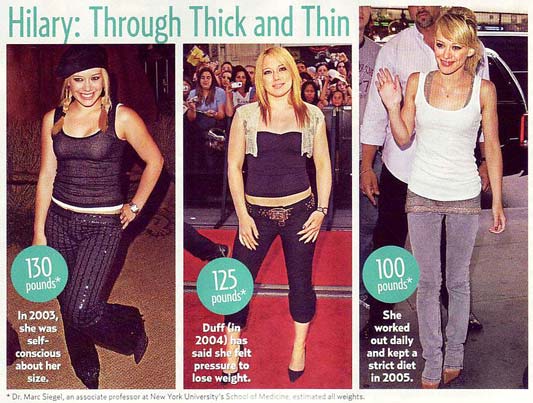
Hilary Duff was just one of many female celebrities whose body was ruthlessly picked apart by the media. She developed an eating disorder under the pressure and instead of concern, she recieved praise.
What Not to Wear: Here to help you ‘measure up’
The 2000s was a toxic time, to say the least. And many women were forever scarred by it. That being said, the 2000s put a lot of pressure on women to look good–to meet the standard. And of course, this isn’t a new thing. Women have always been criticized for their bodies, for their age, for their level of beauty. And the 2000s added so much fuel to the fire.
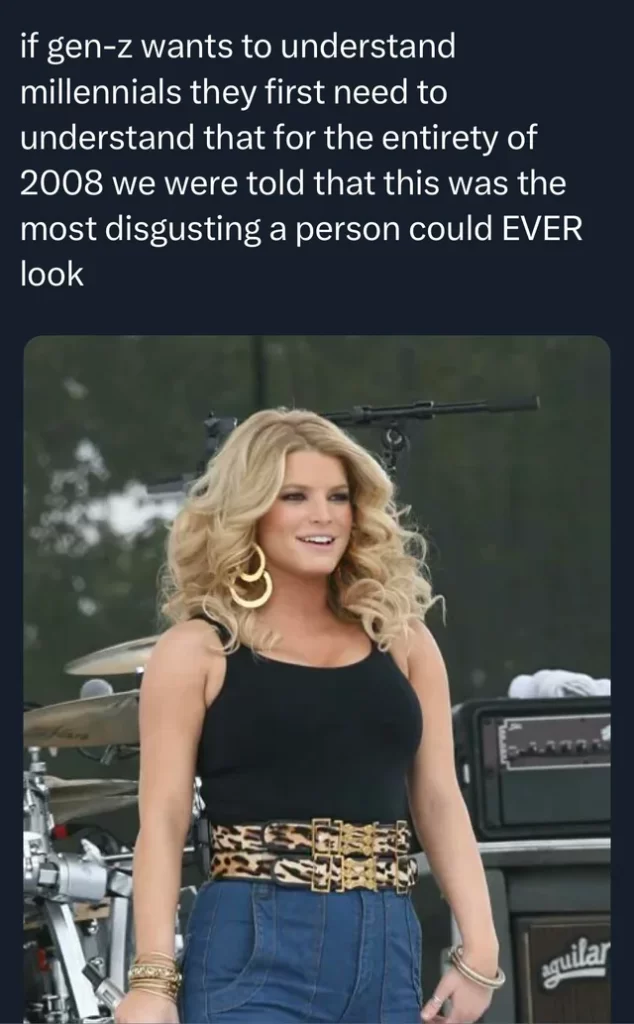
Jessica Simpson was severely bodyshamed following this 2009 performance despite being perfectly healthy. Many Millennials cite this moment as one that contributed to their own body image struggles and even eating disorders.
So, of course, naturally, in an age of brutal comparison, brutal media, and toxic beauty standards that women were desperate to meet–there was never a better time for a makeover TV show. Enter in: What Not to Wear.
Stacy London and Clinton Kelly were here to be your saving grace–to help you unlock your full potential with their help. But again, what was meant to be something to empower women was ultimately just another product of the 2000s. It inevitably placed women in another narrow box and reinforced shallow standards.
How What Not to Wear worked
The way that the show worked was that contestants were nominated, often by family members, by friends, or even co-workers who thought they had bad style and needed a makeover. If they were chosen, Stacy London and Clinton Kelly would show up–often in a public manner–and “surprise” them.
Now, in the moment, it was incredibly entertaining. How could you not watch? But looking back, especially in today’s age, with today’s mindset, it’s hard to not cringe a little at the idea of these unsuspecting individuals essentially being ambushed while minding their business, doing their jobs. Then, being told that their style is so bad that they weren’t just nominated for a makeover show, but their style is so bad that they were chosen for the makeover show–it was bad enough to make good TV. And again, all of this often being done in public. In front of people. And being filmed for national television.

Contestant, Tristen, appeared visibly upset when Stacy London and Clinton Kelly publicly surprised her.
Of course, it ultimately was the contestant’s choice whether or not they wanted to participate in the show. And $5,000 for a new wardrobe is certainly tempting. But, at the same time, while under pressure and on public display, how does one decline a makeover after being told that everyone thinks they need one?
If the contestants said yes and chose to go on the show, the deal was that they would get $5,000 for a new wardrobe and a makeover, but they had to give up their entire existing wardrobe in return.
What Not to Wear: A Hard, Underwhelming Watch
Now, even watching it during the time of the show, many viewers have shared the same sentiment that there were so many hard-to-watch moments. Watching Stacy and Clinton have the contestants throw out even their favorite pieces of clothing was often brutal–because if their clothes didn’t meet the What Not to Wear standards, they had to be trashed.
The most disappointing part of the show that many viewers agree on was that despite the large budget they were given, the transformations and their wardrobe hauls were always completely underwhelming. All of them ended up giving the same “modest business-casual section of Macy’s department store”. Not to mention, the transformations and the makeovers often aged all of the women at least 10 years.

Lexa the “Lolita girl” before and after her What Not to Wear makeover.
The biggest issue people had with this show, especially looking back today, is that it seemed to strip all the women of their individuality. As viewers, we watched episode after episode where contestants had to throw away many of their favorite pieces of clothing that perfectly encapsulated their personality and their individuality.
It’s actually interesting looking back because we could see so many pre-makeover outfits fitting in perfectly on the streets today. Many pre-makeover outfits also just reflected the style of the 2000s–typical Y2K fashion, especially for the younger women who went on the show. And of course, when you’re young, it’s okay and it’s normal to participate in the trends of the time. It’s okay to not dress like a receptionist or an attorney. But, regardless of the individual, every transformation on What Not to Wear seemed to have the same goal in mind. And each ended in the same kind of way, whether you were 20 years old or 50. It was a formula–a blueprint.
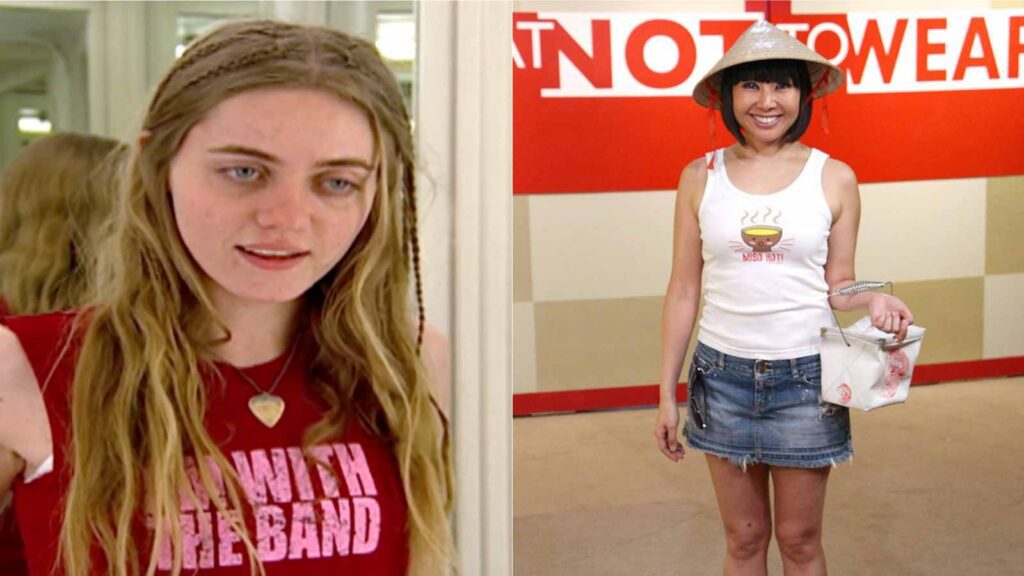
Contestants Megan Slankard and Megumi before their makeovers. The tank tops worn by them in these photos are often referred to by viewers as “iconic”.
To be fair, some transformations did still have some traces of personality. But, ultimately, they pretty much turned all of the women into the same kind of “professional”, “socially acceptable”, business casual women. They all ended up looking the same and more like a catalog model for a department store, rather than a unique individual with their own personality and their own style.
The Positive Side of What Not to Wear
There were definitely upsides to the show, and it wasn’t all bad. It was incredibly entertaining. It was so fun to watch. It was addictive. It was iconic. Let’s be real–who can resist a makeover show? And there were certainly many women who went on the show who wanted a new style, who wanted to learn how to dress better and to feel good about themselves, but needed help because they weren’t sure where to start. And this show gave them a great starting point and foundation. For many women, it did in fact help them see their beauty and find their confidence when they couldn’t see it for themselves.
But, for countless others, it was the same one size fits all approach–running them through a filter, placing them in the same kind of box and inevitably stripping them of their individuality.
In Reality: What Not to Wear was just more 2000s conformity
The beautiful thing about fashion is its deeply personal nature. Fashion is not a one size fits all approach. Fashion is an extension of identity–and not simply for individuals, but for entire communities, cultures, groups and subgroups. And as time, economies, cultures, and people change and evolve, fashion evolves alongside it.
Fashion is history. Fashion is storytelling. In its own way, each person’s style is like a fingerprint: it tells each person’s own beautiful unique story. And, as a result, when we take away personal style or we suppress personal style, we inevitably suppress ourselves. The transformations in What Not to Wear often had this effect.
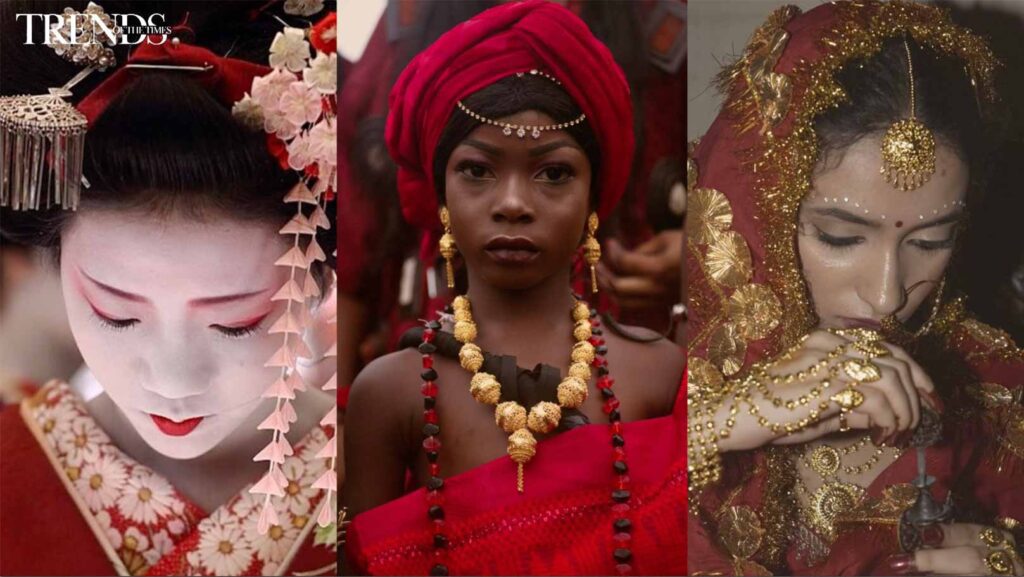
Traditional Japanese Giesha, African and Indian bridal fashion.
Stacy London’s Own Makeover is Kind of Ironic
The irony in all of this, is that Stacy London, who spent 10 years telling women what not to wear is looking more like a former contestant these days than her former host-self. Today she’s wearing all of the things that she would have made former contestants throw away: bedazzled catsuits, bold pieces, mixed prints, pieces that “don’t match your age”.
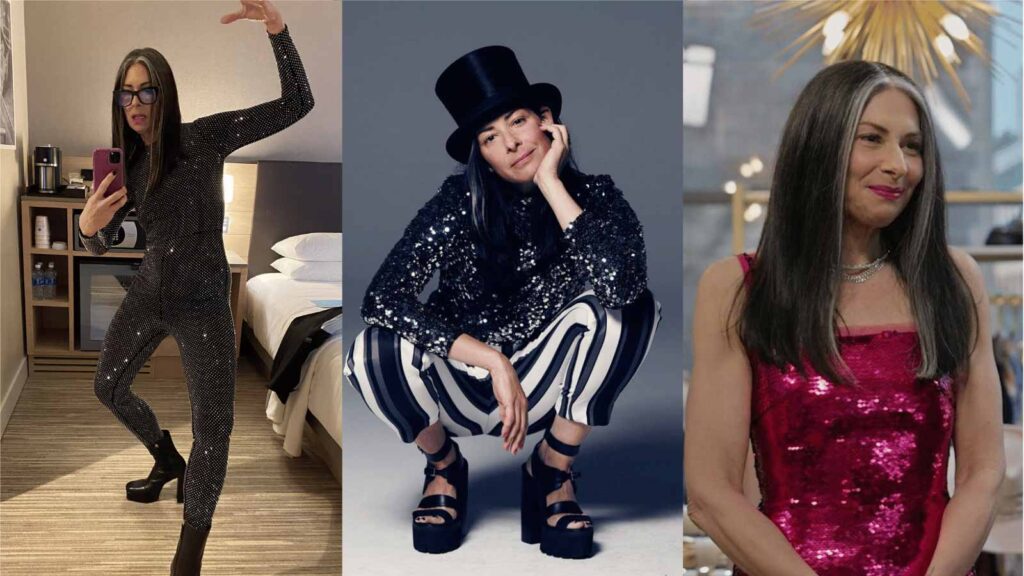
Stacy London and her style today.
Today, Stacy has abandoned her old fashion philosophy. Now in her 50s, she believes you should dress however you want–regardless of age, regardless of circumstance.
Stacy’s new philosophy these days aligns perfectly with the current values and attitude of today. The attitude of people who are over being measured against toxic beauty standards, who celebrate authenticity, individuality and demand respect regardless of body size or appearance, or the way that they express themselves. In an ever-increasing digital age that is oversaturated with filters and photoshopped images and highlight reels, people today desire to be accepted for who they simply are. People want to feel free to be themselves. And individual personal style is just part of that equation.
How About “Wear Whatever the f you want”?
What Not to Wear was undeniably an iconic show of the 2000s, but it was certainly a product of its time. And today, Stacy London herself couldn’t agree more. Not only has Stacy London abandoned her old fashion philosophy, but she is coming back to tell a new story.
This month, Stacy London and Clinton Kelly have reunited and are coming back to our screens to help people dress their best–but this time they are not telling people what not to wear, they are telling people to Wear Whatever the F You Want. Find the show on Amazon Prime on April 29.


